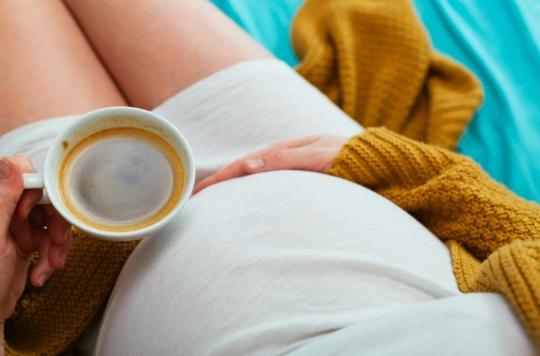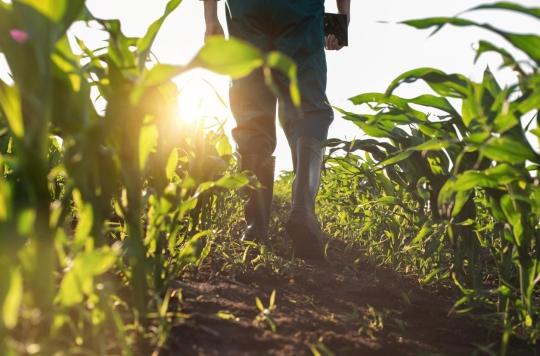A study published in the BMJ Open measures the link between women’s pant size and the risk of developing breast cancer.

Taking a pant size every 10 years is inevitable for many women. At 20, we do 36; thirty years and three children later, we necessarily type in the 40-42 department. But for scientists, this is precisely what should be avoided …
An “easy to remember” measure
According to a study published in BMJ Open, women who gain one pant size per decade between their 20s and 60s increase the risk of developing breast cancer after menopause by 33%. This rate rises to 77% if their waistline takes two sizes per decade.
The study’s authors followed nearly 100,000 women for 3 years. Previous studies had already shown the link between weight gain and the risk of cancer, including breast cancer. But it is the first of its kind that accurately quantifies this correlation.
“We are happy to find an association between breast cancer and pant size because it is a very easy measurement for women to remember,” says Usha Menon, head of the Center for Gynecological Research at the College of London. The mechanism at work in this association is not well known. “Studies have shown that abdominal fat is metabolically more active than fat found elsewhere in the body.”
“A sexy way to present famous results”
There remains one question, and not the least. What woman does not fall into the category of those who take one size per decade? Except the seasoned gym or the followers of the diet ‘, it seems that most women are concerned …
“The results are not to be taken literally, nuance Daniel Serin, oncologist at the Institut Sainte Catherine d’Avignon. Obviously, no woman has the same waist size at 20 as at 50! In fact, it is a ‘sexy’ way of presenting scientific results that we have known for a long time ”.
However, the correlation between weight gain and breast cancer is not in doubt. “If you take 100 active women who are controlling their weight, and 100 sedentary overweight women, you will see more breast cancer in the second group, that’s a fact.”
An observation shared by the authors of the study. “You can’t ask women to be the same weight at 20 as at 60. But for younger people, it’s a way of making them understand that they must maintain a stable weight throughout their lives. “.
.

















